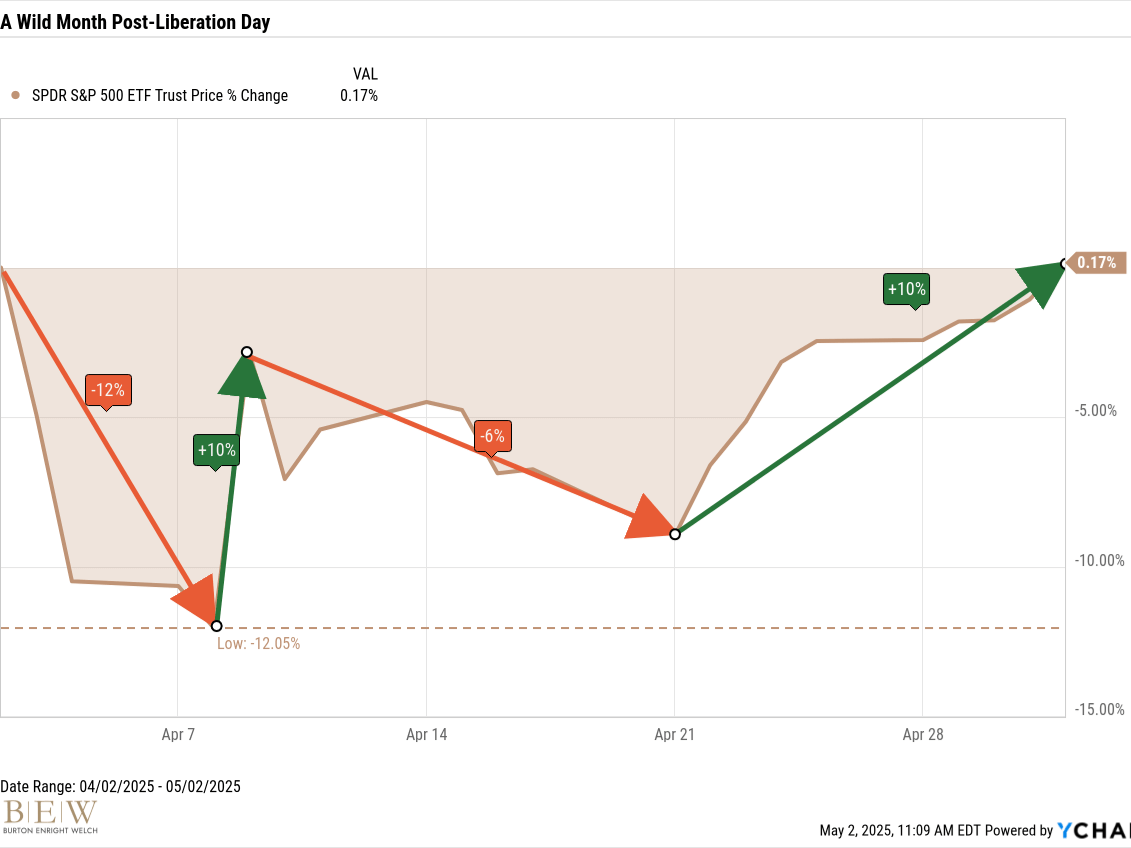As you may know, we’re big fans of Warren Buffett. His latest annual letter to shareholders is a buffet of fantastic takeaways.
Here’s some of the wisdom he shared:
“Stock prices will always be more volatile than cash-equivalent holdings. Over the long term, however, currency-denominated instruments are riskier investments – far riskier investments – than widely diversified stock portfolios that are bought over time and that are owned in a manner invoking only token fees and commissions. That lesson has not customarily been taught in business schools, where volatility is almost universally used as a proxy for risk. Though this pedagogic assumption makes for easy reaching, it is dead wrong: Volatility is far from synonymous with risk. Popular formulas that equate the two terms lead students, investors and CEOs astray.”
Volatility taps into humans’ innate fear of uncertainty. Our brains seek to eliminate the unknown. This impulse was baked into our DNA while we were roaming the savannah. But it doesn’t always serve us well in investing. And it also explains why so many pay ridiculous fees to hedge funds that market returns with limited downside.
Volatility is not risk. The risk in investing is that your money won’t be able to fund your goals. If your savings need to provide for your still decades-away retirement, then whether the portfolio is up or down day-to-day, week-to-week, or month-to-month isn’t important. There, volatility is just noise distracting you from your long-term goals. On the other hand, if you are in retirement and rely on monthly distributions from savings, then your portfolio’s monthly value does affect your goals. You may need a portfolio that limits volatility.
Buffett is attacking the mentality that certainty is riskless. A common mindset is that cash is riskless because the piece of paper in your wallet will always be a dollar. But that literal truth obscures the real issue: over time a dollar isn’t a dollar. Inflation eats away at that piece of paper’s value. In 30 years when you need that dollar, it may buy half or less of what it was worth today. Again, because the real risk is that your money won’t be there for you when you need it, that risk is just as pernicious, and in fact even more so, than investing that dollar in equities.
This all demonstrates some main value-adds of an adviser: helping you define what risk means to you, overcome your behavioral biases, and aim your portfolio at your goals.




